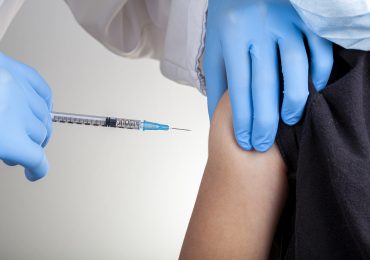Former Green Bay Packers quarterback Brett Favre said that he has been recently diagnosed with Parkinson’s disease.
The three-time NFL MVP made the revelation during his testimony before a House committee on federal welfare reform. Favre had previously been implicated for his connections to Mississippi’s welfare abuse scandal involving the Temporary Assistance for Needy Families (TANF) program and investments he made in a company that was researching treatments for concussions. The founder of that company pleaded guilty to wire fraud charges and was accused of misappropriating funds received through TANF for personal use. Favre allegedly received TANF money via Mississippi nonprofit groups for public appearances he did not make, but he was not criminally charged. He has paid back some of the money he received, but state auditors say he still owes additional funds to the program.
[time-brightcove not-tgx=”true”]
“I lost an investment in a company that I believed was developing a breakthrough concussion drug I thought would help others, and I’m sure you’ll understand why it’s too late for me, because I’ve recently been diagnosed with Parkinson’s,” he said in his testimony.
Here’s what to know about the disease.
What is Parkinson’s disease?
Parkinson’s is a brain disorder that results in uncontrolled muscle movements and tremors that can affect everything from the extremities to more core body functions such as swallowing and speaking. It generally occurs with age, but can also result from certain genetic changes that are passed down in families, as well as medications, exposure to toxins, and traumatic injuries to the brain. In an interview on Today in 2018, Favre estimated that he suffered from “hundreds, maybe thousands” of concussions during his decades-long NFL career, in which he once played about 300 consecutive games. Favre did not indicate whether his history of concussions was directly related to his condition, or provide any additional details about his diagnosis. But since his retirement from the NFL, he has spoken about his concerns about concussions and the dangers of chronic traumatic encephalopathy (CTE) among football players, and his own experiences with worsening short-term memory.
Are there treatments?
Currently, there is no effective treatment that reverses or slows down the progression of Parkinson’s—only medications or surgical interventions that can alleviate some of the motor symptoms by addressing changes in the brain chemical dopamine that contribute to the condition. Patients generally cycle through different medications, which often work for a while, but when the tremors or unpredictable muscle movements return or worsen, doctors can combine or add other medications. For those who no longer respond to available drugs, deep brain stimulation, in which surgeons implant an electrode in the brain to help control tremors, can help. But the implants only address tremors and involuntary muscles movements; they can’t slow other Parkinson’s symptoms, such as cognitive changes or balance issues.
The future of diagnosis and treatment
Researchers are working on novel treatment strategies and are developing new ways to detect Parkinson’s earlier. Most of these target alpha synuclein, a protein that accumulates in patients with the disease. Doctors currently rely primarily on clinical symptoms—like tremors, slow movements, or muscle rigidity—to diagnose the condition. But researchers are developing a new test that looks for alpha synuclein in the spinal fluid, which could be a sign of early Parkinson’s.
Until better treatments become available to address the root cause of Parkinson’s, however, even such tests might not be so useful. “The problem is that at this point, we don’t have any treatment to potentially slow the disease down,” says Dr. Rocco DiPaola, a neurologist at Hackensack Meridian Neuroscience Institute. “But down the road, should those treatments become available, then identifying people who are at risk earlier would be good to know, so we could potentially give them a medication that could either prevent or slow progression of the disease.”
Leave a comment




